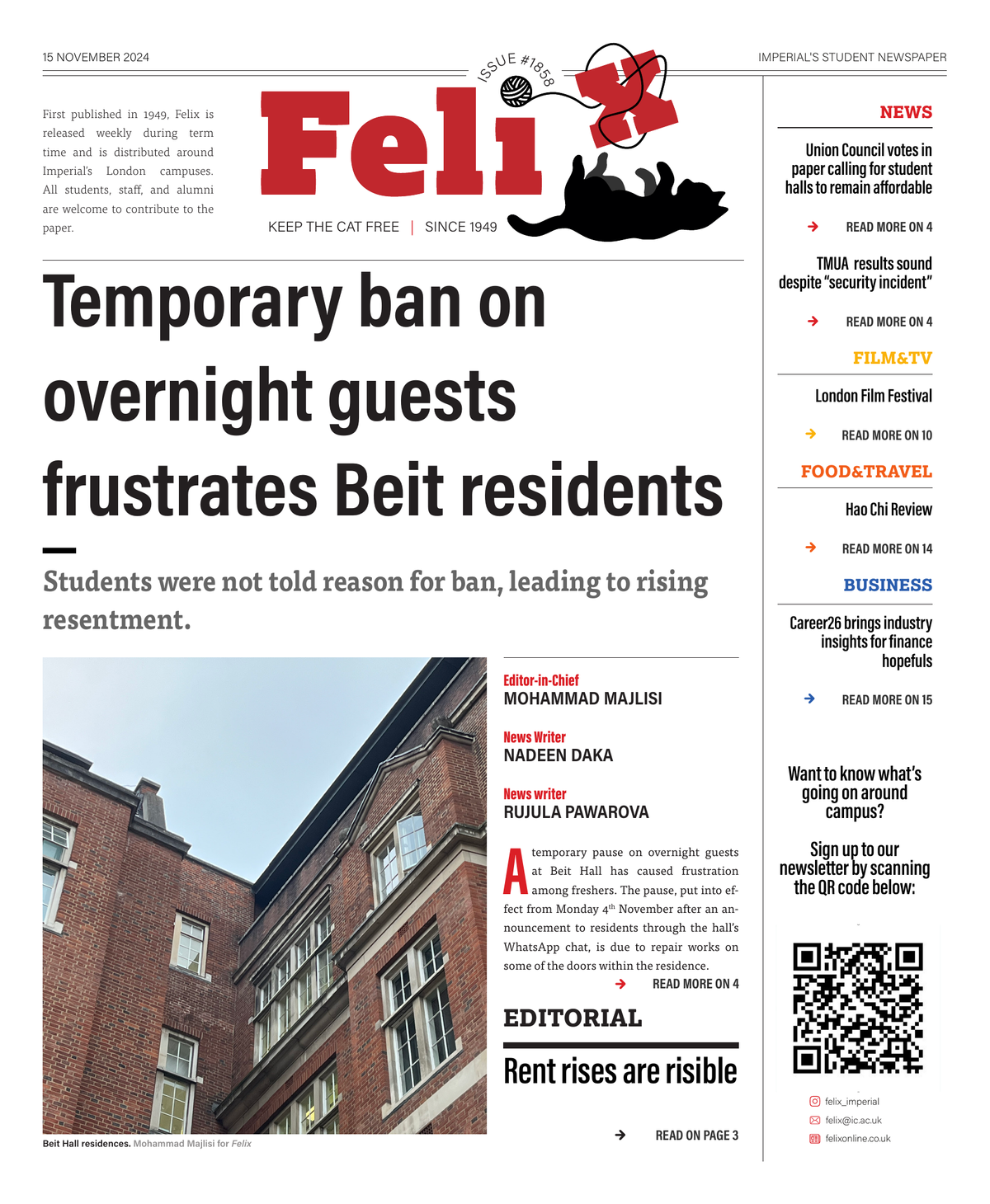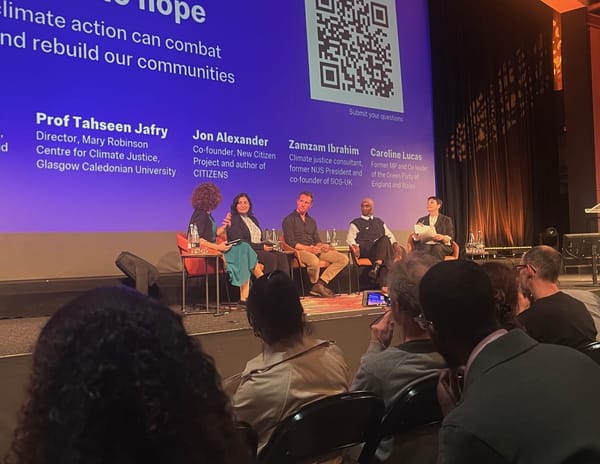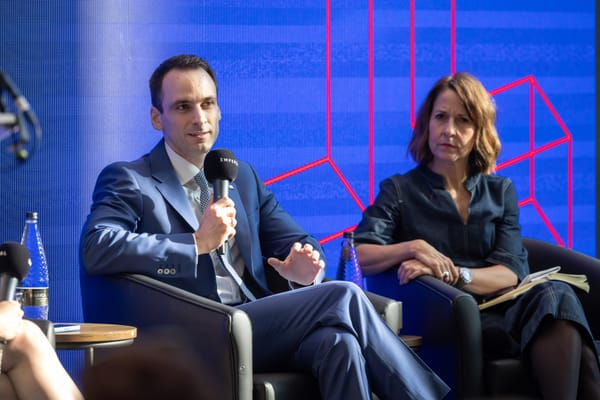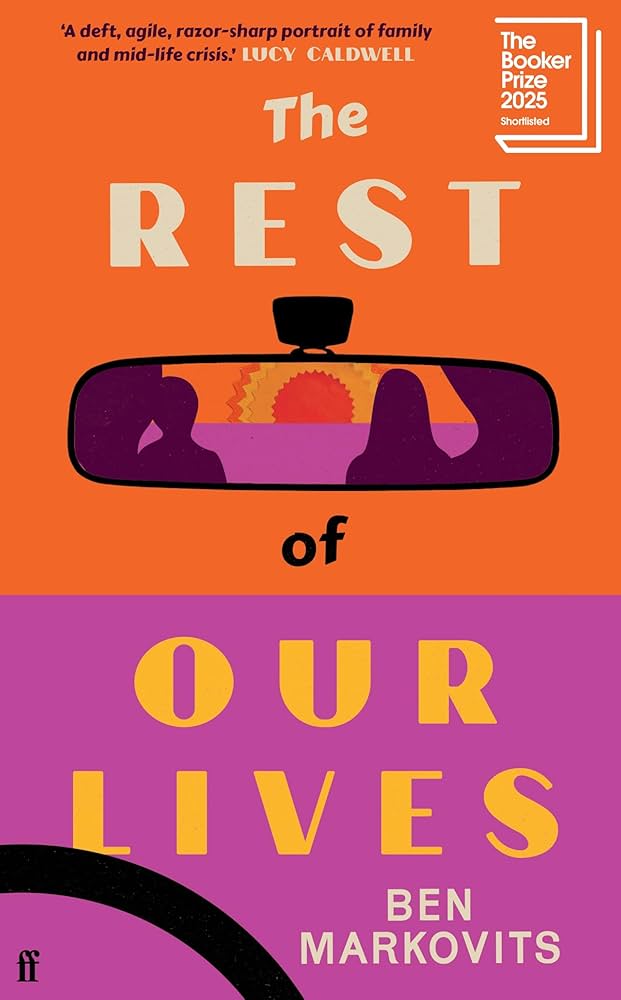COP29 in Azerbaijan
Can this summit help shape a sustainable future?
The United Nations Framework Convention on Climate Change (UNFCCC) Conference of the Parties (COP) is a climate summit where interested parties negotiate critical issues and environmental improvements. Since 1995, these annual COPs have brought together representatives from nearly every country, alongside NGOs, businesses, and scientists to discuss and negotiate global strategies for addressing the climate crisis.
One of the COP’s major milestones was COP21 in 2015, where countries adopted the Paris Agreement, a historic global accord to limit warming. The agreement set two ambitious targets: to keep global temperature rise “well below 2°C above pre-industrial levels” and to make every effort to limit the increase to 1.5°C; and to reach these targets, to peak greenhouse gas (GHG) emissions by 2025 and decrease by 43% by 2030.
The Paris Agreement established a 5-year cycle of climate action. Every five years, countries must reassess and strengthen their climate commitments in what is known as ’ratcheting up’ ambitions. Nationally Determined Contributions (NDCs) are mandatory climate action plans submitted by each country to demonstrate their goals and the steps they’ll take to meet them. Countries started submitting NDCs in 2020, and they will submit updated plans in 2025 at COP30. Additionally, countries can submit optional Long-Term Low Greenhouse Gas Emission Development Strategies (LT-LEDS) for broader, long-term planning, though these are not mandatory.
Each COP builds on the outcomes of previous sessions. In 2023, ahead of COP28, the first ever global stocktake was published. It is a comprehensive report assessing the collective progress of all nations under the Paris Agreement. This progress report set the stage for COP29, where countries will review their financing needs before the submission of new NDCs at COP30 in 2025. As a result, COP29 holds a critical position in evaluating whether our current ambitions align with global targets for emissions reductions.
As COP29 approaches, hosted this year in Baku, Azerbaijan, the world is watching to see how what actionable policies will emerge. With increasing climate disasters and economic pressures, COP29 will play a critical role in addressing gaps in previous agreements and pushing forward bolder, measurable commitments to reduce emissions and support vulnerable nations.
What are the main themes and expectations for COP29?
With the motto “In Solidarity for a Green World”, COP29 aims to bring global cooperation and urgency to Baku. The COP29 Presidency’s plan revolves around two main pillars: to enhance ambition, it emphasises the need for countries to increase their climate targets and transparency; and to enable action, it focuses on mobilising finance to convert these ambitions into concrete steps for emissions reduction, adaptation, and addressing loss and damage.
Within those statements, three key themes of climate summit can be highlighted:
- To align with the Paris Agreement’s temperature targets, COP29 will call for stronger national commitments to reduce greenhouse gas emissions. This year’s discussions will explore how sustainable development, like adopting circular economic models, can support mitigation efforts. Increasing the availability of global capital for adaptation and mitigation is also essential. Talks will emphasise removing barriers in public funding and sending clearer signals to investors, encouraging an international approach to low-cost, effective mitigation options to keep the 1.5°C target within reach.
- One of the most anticipated topics at COP29, or the ‘money COP’, is finance. Finance is central to negotiations as countries push for the establishment of a New Collective Quantified Goal (NCQG) for climate funding before 2025. This new goal will likely replace the unmet $100 billion annual climate finance commitment from developed economies. COP29 will also look to increase the recently established Loss and Damage Fund to support nations experiencing severe climate impacts. Progress on the goal to double climate finance by 2025, a target set at COP26, will be reviewed, with a new Climate Finance Action Fund proposed to support developing countries as main resources in food and agriculture.
- COP29 will focus on advancing renewable energy, increasing efficiency, and phasing down fossil fuel use. Commitments made at previous COPs include tripling renewable energy use by 2030, doubling energy efficiency improvements, and reducing fossil fuel dependence. However, the shift away from hydrocarbons is currently made more difficult by high demand, economic reliance on fossil fuels, and energy security.
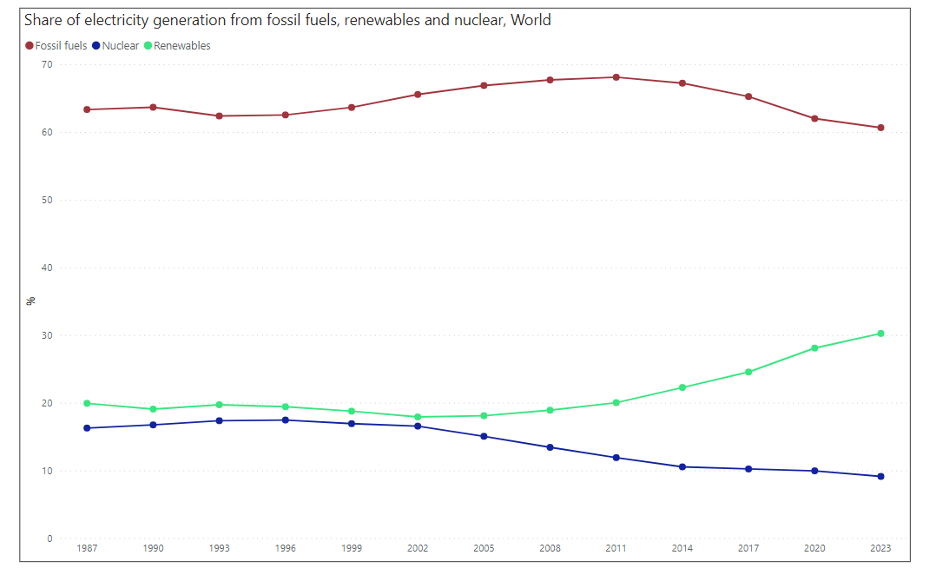
Bolstered by significant growth in renewable energy, environmental activists will likely push for a more accelerated fossil fuel phase-out.
Azerbaijan has proposed a Climate Action Finance Fund to raise $1 billion from fossil fuel producers to support the energy transition, aiming to tie fossil fuel financing with sustainable change. The outcomes of these discussions have the possibility to shape the pace and equity of the global energy transition.
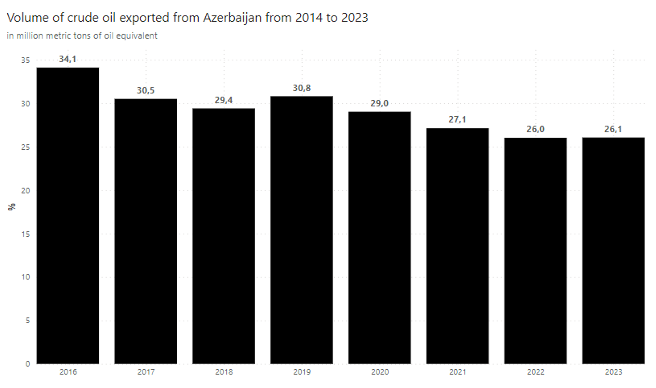
What could COP29 mean for key players?
COP29 brings together diverse stakeholders. For Azerbaijan, hosting COP29 is a chance to advocate for climate finance that supports energy transitions in developing, fossil-fuel-based economies. The UK seeks to lead developed nations in accelerating climate action, focusing on renewables and transparent climate finance. Imperial College London has the chance to contribute to research and innovation, showcasing climate solutions. Together, these players reflect the wide-reaching impact and collaborative potential of COP29.
How does Azerbaijan balance fossil fuels and climate goals?
Azerbaijan is at a pivotal moment as it seeks to balance its fossil-fuel-driven economy with clean sources. Despite committing to a 40% reduction in greenhouse gas emissions from 1990 levels by 2050, Azerbaijan continues to serve as a major oil and gas exporter. Meeting European demand, Azerbaijan plans to double its gas exports to the EU: a shift that aligns with energy security goals but underscores its reliance on fossil fuels even as oil exports have gradually decreased over the past seven years.
Azerbaijan’s renewable energy initiatives are gaining traction, particularly through projects with foreign investors, such as solar, offshore and onshore wind projects with the Masdar and ACWA Power. Yet, this transition is hampered by infrastructure and supply chain limitations. The country’s renewable sector is constrained by logistical costs and limited domestic experience, making solar projects more feasible than wind due to simpler transportation and setup. However, the country has a plan to establish a green interconnector linking Azerbaijan to Hungary via the Black Sea for renewable electricity.
Azerbaijan recognizes the need for significant legislative and economic adjustments to address these challenges. For example, laws are under review to allow third-party access to the national grid, a crucial step in opening the renewable energy market. Alongside these changes, the government has introduced tax and customs incentives to encourage renewable projects, signalling its dedication to fostering sustainable energy infrastructure.
During COP29, Azerbaijan will advocate for accessible climate finance to help energy-producing nations like itself transition to cleaner energy. This crucial role highlights both the challenges and opportunities faced by resource-rich countries striving to align their economies with a sustainable, low-carbon future.
Will the UK step up its climate commitments?
For the UK, COP29 comes at a critical time for global political security. As the world faces intensifying geopolitical tensions, the UK is prioritising its own security by ramping up renewable energy and decarbonisation to reduce reliance on fossil fuels. This shift aligns with the UK’s 2050 net-zero target.
Amid a wave of absences among global leaders – Ursula von der Leyen of the EU Commission, Germany’s Olaf Scholz, and France’s Emmanuel Macron – PM Keir Starmer is one of a dwindling number of leaders of major industrialized economies attending COP29. Starmer’s presence reinforces the UK’s commitment and positions it to lead negotiations on behalf of developed nations. Starmer is expected to announce ambitious new climate targets for the UK and renew the country’s £11.6 billion pledge in climate finance for poorer countries. The UK will also push for establishing the NCQG to ensure transparency and accountability in global climate financing, underscoring its leadership role in pursuing equitable, actionable climate commitments at COP29.
What role does Imperial play in the summit?
Imperial College London will have a delegation at COP29, showcasing its leadership in climate change, sustainable innovation, and youth-led action. Alongside its 2040 net-zero target, Imperial has a chance to highlight its Zero Index framework, which tracks if companies it’s invested in are Paris-aligned. Imperial will also spotlight the role of the insurance industry in unlocking capital for climate and financing the energy transition in Low- and Middle-Income Countries (LMICs). Additionally, Imperial will focus on the impacts of climate change on mental health, advocating for more youth-driven, interdisciplinary approaches to climate action. These contributions will underscore Imperial’s commitment to both global and local collaboration and science-based actionable solutions for the climate crisis.
Will COP29 pave the way for a truly sustainable future?
As COP29 progresses, all eyes will be on the critical financial conversations that will shape the future of climate action. At the heart of this year’s summit is the NCQG, which aims to bring greater transparency and accessibility to climate finance, with a focus on the needs of the world’s most vulnerable nations. The expansion of the Loss and Damage Fund, established at COP28, will also take centre stage for countries hit hardest by climate-induced disasters. However, these financial commitments need to be more than promises: they must be backed by real support, particularly as the scale of climate impacts grows.
The urgency for decisive action has never been clearer. Scientists report unprecedented warming, with record surface and ocean temperatures, dangerously high levels of carbon dioxide and methane, and a continued rise in fossil fuel production. Just six months after COP28, the world suffered $41 billion in damages from extreme weather events. As COP29 begins, the international community must take real steps to reverse these destructive trends, or risk deepening global instability.
Azerbaijan’s presidency of COP29 offers a unique opportunity to lead the global shift from fossil fuel dependence to a sustainable future. Yet, the country faces its own dilemma: its economy remains deeply reliant on oil and gas, a challenge faced by other recent petro-state COP hosts, such as the UAE and Egypt. This tension will likely rise as debates continue over how quickly, and to what extent, fossil fuels should be phased out. With a shift in energy priorities, COP29 will likely recharge the discussions surrounding fossil fuel transitions, potentially sparking controversy over the pace of change.
In addition to the climate debate, ongoing global conflicts, from the Middle East to Ukraine, pose significant challenges for international cooperation. Trust between nations is essential to achieving meaningful progress at COP29, and the summit’s proposal for a global ceasefire, or ‘Truce COP,’ reflects the growing recognition that peace and climate action must go hand in hand. This unprecedented call for a unified pause in conflict highlights how closely climate issues are intertwined with geopolitical stability.
Finally, COP29 could solve long-standing issues with Article 6, which has held back progress on international carbon markets for nearly a decade. A breakthrough here could lead to more investment in carbon trading by creating a better system for reducing emissions and tackling greenwashing. If successful, this could become a vital tool in the global effort to fight climate change.
As COP29 comes to an end, the world will be watching to see if this summit can provide the financial support, political will, and global cooperation needed for a sustainable future. The decisions made in Baku could determine whether we move toward a more resilient and fairer world or risk losing the narrative needed to prevent the worst impacts of climate change.
This article was written before COP29 began.

